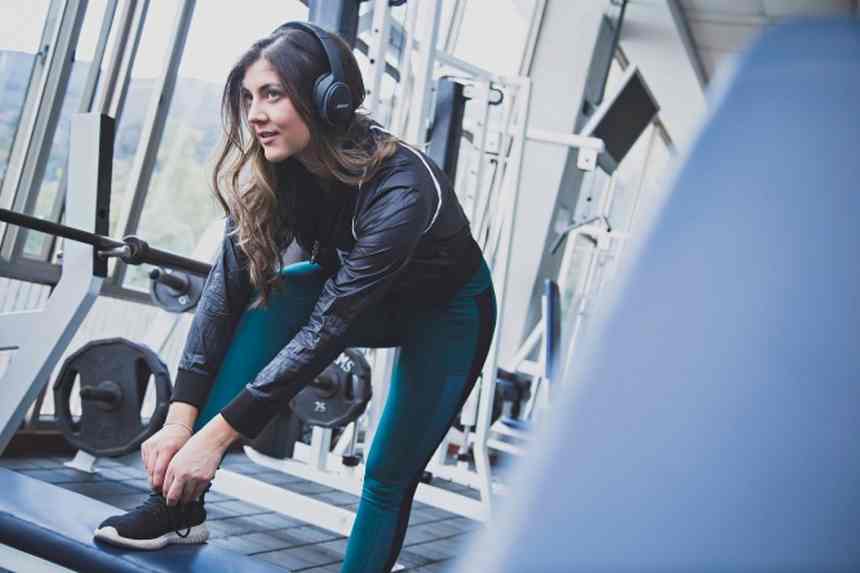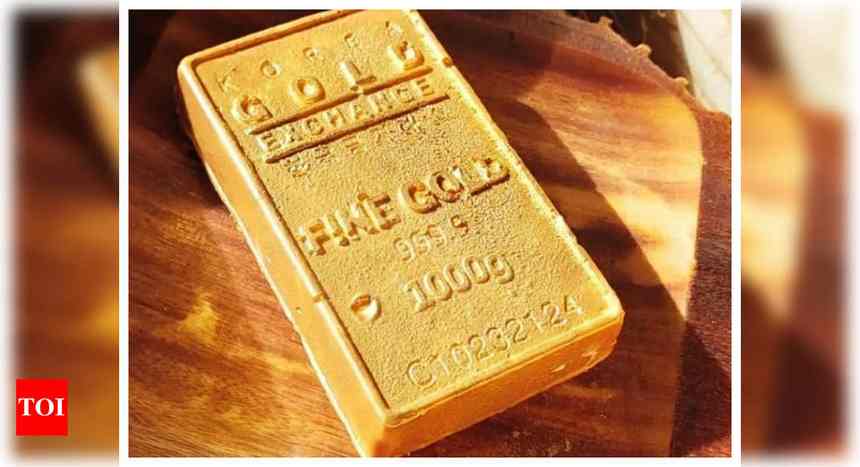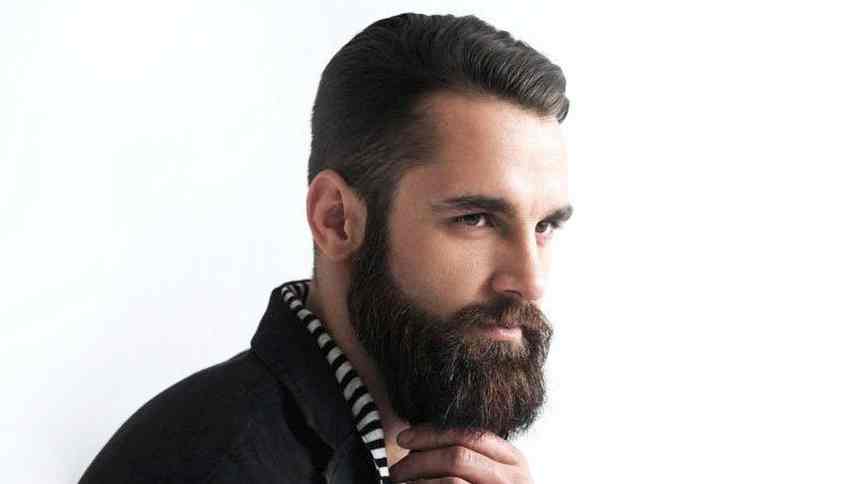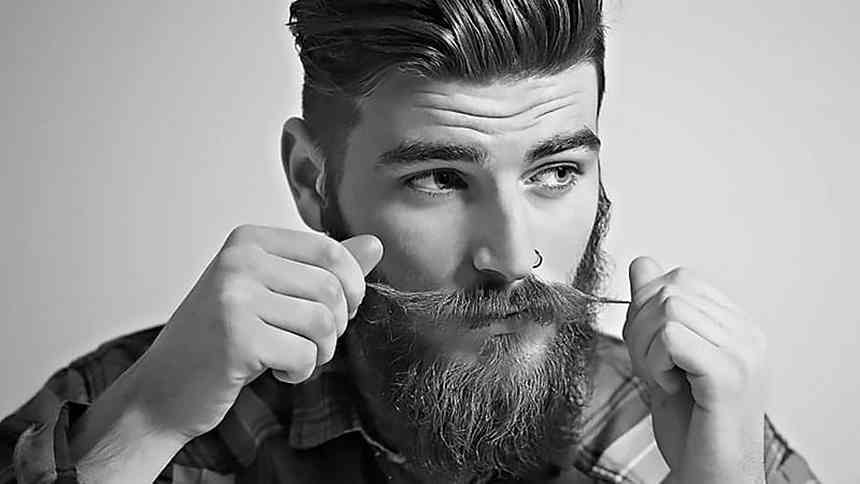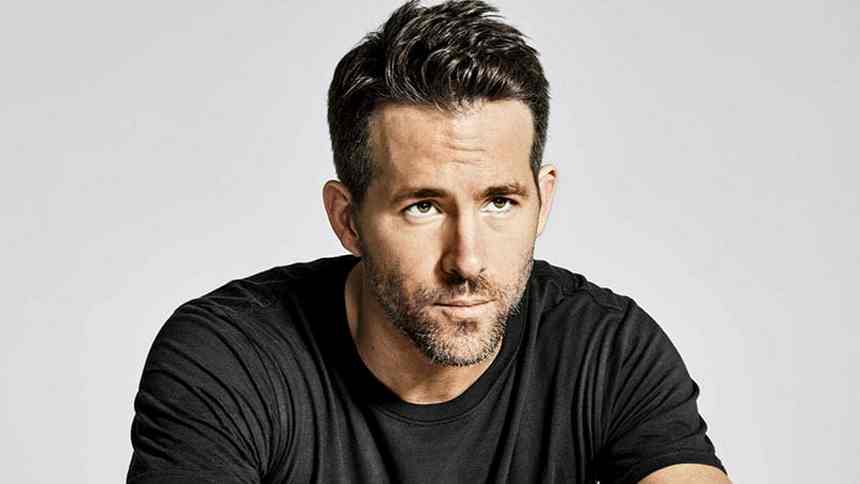If you’re looking for the secret to a thick, full beard (apart from genetics), minoxidil might be your answer. It’s a hair growth treatment that is most commonly used to counteract male pattern baldness; however, its popularity among the bearded community has grown in recent years. While there are few official studies, anecdotal evidence shows that you can use it to improve the growth of patchy or non-existent facial hair. It’s relatively safe and easy to use, so if you’re feeling conscious about your scruff, then read on to get the low-down on everything you need to know.
Contents
show
What is Minoxidil?
How Does Minoxidil Work?
How Long Does Minoxidil Take to Work?
How Often to Apply Minoxidil?
Is Minoxidil Safe for a Beard?
How to Apply Minoxidil to a Beard?
How Long to Use Minoxidil for Beard Growth?
What Happens When I Stop Using Minoxidil on my Beard?
Minoxidil for Mustache Growth?
Liquid vs. Foam Minoxidil?
What is the Best Minoxidil to Use for Beard Growth?
Minoxidil Side Effects
Other Ways to Stimulate Beard Growth?
FAQs
Is Minoxidil 5 or 10 better?
How can I grow a beard faster?
Is Minoxidil safe for a beard?
Can you use Minoxidil once a day for a beard?
Who can use Minoxidil?
What is Minoxidil?
Minoxidil is the active ingredient in hair growth treatments such as Rogaine. It was initially used to treat high blood pressure, but during early trials, it also presented hair growth as a side effect. With this information, further research was done, and during the 1980s, it was approved by the Food and Drug Administration (FDA) as a topical treatment for hair growth on the scalp from the brand Rogaine.
How Does Minoxidil Work?
There is still scientific debate around how exactly minoxidil works. Rogaine specifically states its ability to revive and increase the size of the hair follicles. This then improves the natural growth for thicker hair. However, other theories suggest that increased blood flow and the dilation of vessels in the scalp is what works. Others say it increases an enzyme called ATP in the follicle, extending the growth phase. Whatever the cause, it has shown to be one of the most successful topical treatments for counteracting hair loss. Of course, with any remedy like this, individual results will vary, and it will also be impacted by the cause of thin or lost hair.
How Long Does Minoxidil Take to Work?
While minoxidil starts working immediately, you won’t actually see any noticeable changes for three to six months, with the best visual results after 12 months. You do need to persist with continuous use over the entire time.
How Often to Apply Minoxidil?
It’s essential to follow the instructions on the product you buy, as directions can vary between brands and solution strengths. However, the most common instructions for topical minoxidil is to apply it once or twice daily. It should be applied to dry hair and skin, using the amount prescribed. Avoid getting your hair wet in the hours that follow, and ensure the product dries completely before styling or going to bed.
Is Minoxidil Safe for a Beard?
Minoxidil is only FDA approved for use on the head, so the application for beards is considered off-label use. Consequently, brands like Rogaine specifically state that it should only be used on the scalp. However, a study into the effects of minoxidil on beard growth, published by The Journal of Dermatology, reported few adverse reactions resulting from using a 3% solution on the face. While the risk is low, if you choose to use minoxidil for beard growth, it’s best to be aware of the side effects such as irritation, itchiness, and dry skin. There is a lot of anecdotal support that it’s safe for the face, but be careful when applying it to avoid getting it in your mouth or eyes.
How to Apply Minoxidil to a Beard?
Start with a clean, dry face. Ideally, use a PH balanced cleanser to help reduce any irritation. Apply the prescribed amount to the skin in the area where you want to see growth, massaging it in gently. Allow it to absorb before applying any other products such as moisturizer or sunscreen.
How Long to Use Minoxidil for Beard Growth?
You’ll need to use minoxidil on your beard consistently and regularly for six to 24 months for the best results. Using the product every so often won’t help, and the hair growth cycle takes time, so do be patient.
What Happens When I Stop Using Minoxidil on my Beard?
While there have been no formal studies into the effects of halting minoxidil use on your beard, anecdotal evidence suggests that there are few ill effects. Once your beard is as full and thick as you want, you can stop using the product. You may experience a slowing of growth, as the follicles are no longer being directly stimulated. However, keep in mind, studies of minoxidil on the scalp do show that continued use is required because when you stop, the hair reverts to its prior state.
Minoxidil for Mustache Growth?
Similar to beard growth, minoxidil can also help to grow a mustache. Again, there have been no formal studies to prove this; however, there is plenty of anecdotal support from gents who’ve had success. When you’re applying it, do be extra careful not to drip any into your mouth.
Liquid vs. Foam Minoxidil?
Topical minoxidil comes in two forms — liquid and foam. What you choose will mostly come down to personal preference. However, foam can be better for more sensitive skin, as it doesn’t contain propylene glycol. This ingredient helps the liquid penetrate the skin but can be irritating, causing more allergies and redness. The foam is also easier to apply and dries faster; however, it’s more expensive. On the other hand, the liquid is simpler to measure as it comes with a dropper, it’s easier to get into existing growth, can penetrate the skin better, and is less expensive.
What is the Best Minoxidil to Use for Beard Growth?
Ideally, you’ll want a minoxidil concentration of at least 3%, with most men using a 5% solution. When you start your beard growth journey, begin with a lower percentage to establish how much irritation it will cause. Remember that the skin on your face is very different from the skin on your scalp, so it’s best to err on the side of caution. Regarding brands, Rogaine is the most well-known and popular choice, as its easily accessible, the leader in the market, dermatologist-recommended, and the first to be approved by the FDA. However, other companies like Kirkland, Basic Care, and Nioxin have similar products, often at the lower prices.
Minoxidil Side Effects
There are certain side effects associated with the use of minoxidil. Some are relatively common and don’t cause too much of a concern. However, as with any medication, there can be more rare and severe reactions. If you have any concerns about the effects you’re feeling, stop use immediately, and seek a consultation with your general care practitioner. Side effects can include:
- Itchiness, dryness, skin irritation, or a slight burning sensation
- Increased hair shedding at the beginning of use
- Increased hair growth all over your body
- Dizziness or feeling lightheaded
- Heart palpitations
- Loss of libido
- Headaches
- Chest pain
- Abnormal weight loss
- Swelling of the feet and hands
Other Ways to Stimulate Beard Growth?
If you’re not quite ready to begin your minoxidil journey, there are other ways to promote thick, fast, and healthy beard growth. The first trick is to commit to growing a beard, as you might have to persevere through itchiness, irritation, patchiness, and potentially looking a bit messy. During the initial few weeks, resist the urge to touch, scratch, play, or trim your new scruff. Aim for a balanced diet rich in protein, iron, omega-3 fatty acids, vitamin A and biotin. If you’re struggling to get these naturally, you can try supplements. Next, increase your sleep and decrease your stress. This allows adequate recovery and testosterone production, which can be inhibited by stress. Lastly, start exercising. Exercise helps reduce stress, improve good hormones, and promotes blood flow throughout the body.
FAQs
Is Minoxidil 5 or 10 better?
Minoxidil 5% is the most commonly used strength for the face, as the higher concentration in the 10% can cause more irritation and reactions. Additionally, 2% and 5% are the only strengths currently approved by the FDA. You can try starting with 5% and see how you go, giving it at least six months. If you find you’re not getting results, you can try the 10%, but be very wary of side effects.
How can I grow a beard faster?
Minoxidil is a great way to stimulate beard growth, though it still takes time. You can help from the inside out by embracing a balanced diet full of protein, iron, omega-3 fatty acids, vitamin A and biotin. Plus, reducing your stress, increasing your sleep, and getting more exercise will also help produce and replenish testosterone, which can improve beard growth.
Is Minoxidil safe for a beard?
Minoxidil is only FDA approved for use on the head, so the application for beards is considered off-label use. However, a study into the effects of minoxidil on beard growth, published by The Journal of Dermatology, reported few adverse reactions resulting from using a 3% solution. There is also a lot of anecdotal support that it’s safe for the face. While the risk is low, if you choose to use minoxidil for beard growth, it’s best to be aware of the side effects such as irritation, itchiness, and dry skin.
Can you use Minoxidil once a day for a beard?
It’s best to follow the directions on the product for the ultimate results. Some solutions and brands require you to use it twice a day, morning and night. However, for others, once a day is sufficient. Always read the label before buying to ensure it’s meeting your expectations.
Who can use Minoxidil?
Minoxidil is safe for most people to use, especially when you are experiencing hair loss or patchiness. Young people under 18 years old should avoid using it, as patchy hair growth during your younger years is likely just to be age-related. You should also consult with your general care practitioner before commencing use if you have high blood pressure, organ damage, heart conditions, are elderly or are a pregnant woman.
